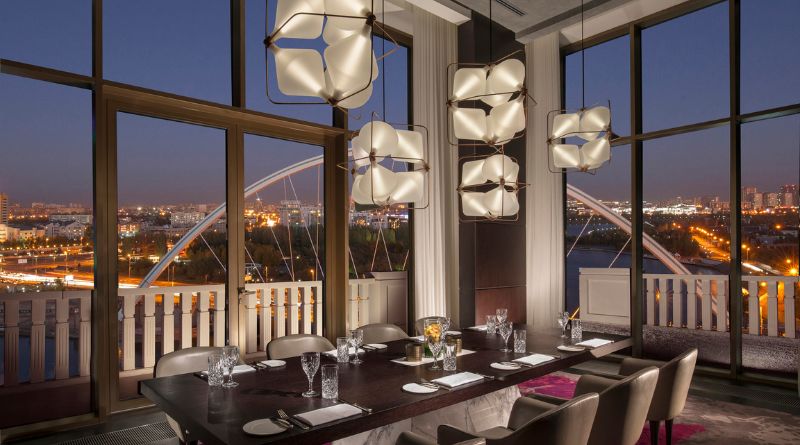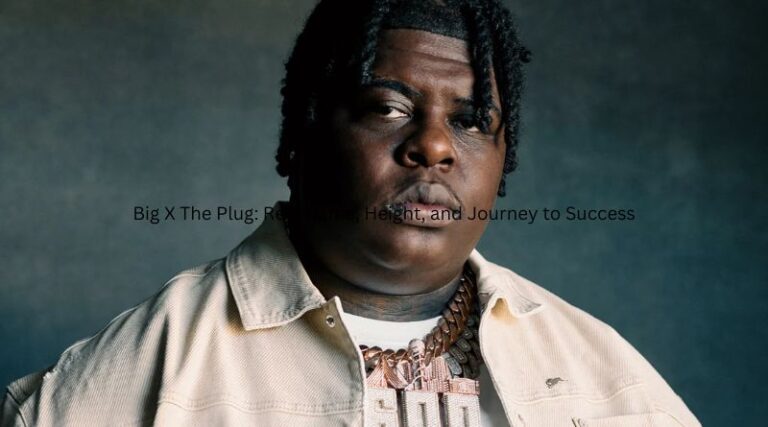
In the fast-evolving world of design, the term “integrated design project” has gained significant traction. But what does it really mean? An integrated design project involves the seamless collaboration of various design disciplines—architecture, engineering, sustainability, user experience (UX), graphic design, and more—to create a holistic, functional, and aesthetically cohesive solution. This approach is centered on the idea that the best results emerge when all aspects of a project are interconnected from the very beginning, rather than being treated as separate entities.
Table of Contents
This article will explore the concept of integrated design projects, highlighting their benefits, key features, and how they revolutionize the way we think about and approach design. Whether you are a professional in the design industry or a curious individual looking to learn more, this guide will provide you with valuable insights into this collaborative and innovative approach.
What is an Integrated Design Project?
An integrated design project is an approach where multiple disciplines work together throughout the entire design process. This contrasts with traditional methods where various disciplines work in silos, completing their tasks independently before passing them to the next department.
In an integrated design process, professionals from different fields—such as architects, engineers, interior designers, graphic designers, environmental consultants, and others—collaborate from the project’s inception. They share insights, ideas, and data to ensure that every aspect of the project complements and supports the others. The goal is to create a unified design that meets all the needs of the client, improves efficiency, reduces costs, and enhances the overall user experience.
Integrated design is particularly beneficial in complex projects, such as large-scale infrastructure, urban planning, or sustainable architecture. It fosters creativity and innovation by breaking down barriers between disciplines and encouraging cross-functional teamwork.
Key Features of an Integrated Design Project
1. Collaboration Across Disciplines
One of the defining features of an integrated design project is the emphasis on collaboration. Teams of designers, engineers, architects, and other specialists work together from the beginning, ensuring that all components of the design align with one another. By involving all the relevant stakeholders early in the process, potential issues can be identified and addressed before they become costly or time-consuming problems.
2. Sustainability and Efficiency
Sustainability is often a core goal in integrated design projects. By considering environmental factors from the outset, design teams can ensure that the project is energy-efficient, uses sustainable materials, and meets environmental regulations. Integrated design makes it easier to incorporate sustainable technologies like solar power, green roofs, or efficient heating and cooling systems, as these considerations are embedded within the overall design process.
3. User-Centered Focus
An integrated design project is also deeply user-centered. This means the design prioritizes the needs and experiences of the end user, whether that’s in the form of a building, a product, or a service. UX (user experience) designers, for example, would be involved early on to ensure that the final product or space is intuitive, accessible, and enjoyable for those who will interact with it.
4. Cost and Time Efficiency
Because all aspects of the design are considered and coordinated from the start, integrated design often leads to cost savings and a more efficient use of time. With everyone working together and understanding the broader scope, redundancies are minimized, and adjustments can be made as the design evolves. Additionally, early problem-solving helps avoid costly changes or delays later in the project.
5. Holistic Problem Solving
An integrated approach allows design teams to tackle challenges holistically rather than in isolation. Whether it’s optimizing the use of space in an architectural project or designing a product that is both functional and aesthetically pleasing, the integrated process encourages designers to think about how different elements of the project affect one another and the larger context.
Steps Involved in an Integrated Design Project
An integrated design project is typically structured around several key stages. While the exact process can vary depending on the specific type of project (e.g., architecture, product design, etc.), the following steps provide a general framework for an integrated design approach:
1. Initial Concept and Brief Development
The first stage involves gathering input from all relevant stakeholders and defining the project’s goals. This includes understanding the client’s needs, budget constraints, and desired outcomes. The initial concept is developed collaboratively, with all team members contributing their expertise from the outset. This phase sets the foundation for the rest of the project.
2. Design and Ideation
Once the concept is established, the team works together to refine the design. This involves creating detailed plans, models, and prototypes, while considering various factors such as functionality, aesthetics, sustainability, and cost-effectiveness. At this stage, designers from different disciplines collaborate to ensure that each element of the project supports the others.
3. Development and Implementation
During this phase, the design is further developed, with detailed technical specifications being created for each aspect of the project. Engineers, architects, and other specialists work closely together to address technical challenges and ensure that the design can be implemented effectively. The team also works on sourcing materials, selecting contractors, and planning the logistics of the project.
4. Execution and Construction
At this stage, the project moves from the drawing board to reality. The design is executed, and construction or production begins. Throughout this process, the team remains engaged, ensuring that the design is being realized as intended and addressing any unforeseen challenges that arise.
5. Testing, Evaluation, and Final Adjustments
Once the project is near completion, it undergoes a testing and evaluation phase. This allows the team to assess the functionality of the design, ensuring that it meets all specified criteria. User feedback is often collected at this stage, and final adjustments are made to improve the design or resolve any issues before the project is finalized.
Benefits of an Integrated Design Project
1. Enhanced Creativity and Innovation
By bringing together professionals from different backgrounds, an integrated design project fosters a creative environment where new ideas and perspectives can flourish. Team members can offer unique insights that lead to more innovative solutions.
2. Improved Communication
The close collaboration inherent in integrated design projects promotes better communication among team members, which can reduce misunderstandings and delays. Regular meetings and feedback loops ensure that all stakeholders are on the same page throughout the process.
3. Faster Project Delivery
Because the team works together from the start, potential issues are identified and resolved early. This can lead to quicker turnaround times and fewer delays, ultimately shortening the time it takes to deliver the final product.
4. Cost Efficiency
By identifying potential cost-saving opportunities early and working collaboratively to optimize the design, integrated design projects often result in more efficient use of resources, both in terms of time and money.
Real-World Examples of Integrated Design Projects
1. The Sydney Opera House (Australia)
One of the most famous examples of integrated design is the Sydney Opera House. This iconic structure required collaboration between architects, engineers, and designers to create a building that not only met functional needs but also became a symbol of artistic and architectural innovation.
2. Apple Products (Global)
Apple’s approach to product design is another example of an integrated design process. The company is known for its seamless integration of hardware, software, and user experience design, which together create an intuitive and elegant product.
Frequently Asked Questions (FAQs)
1. What makes an integrated design project different from traditional design approaches?
In an integrated design project, all design disciplines—such as architecture, engineering, and graphic design—work together from the beginning to ensure that the final product is cohesive. This collaborative approach contrasts with traditional methods where each discipline works independently and hands off their work to the next team.
2. What are some common industries that use integrated design?
Integrated design is used in a variety of industries, including architecture, urban planning, product design, technology, and graphic design. It’s particularly beneficial in projects that require collaboration across multiple fields, such as large-scale infrastructure, sustainable buildings, and consumer electronics.
3. How does integrated design contribute to sustainability?
Integrated design encourages designers to consider environmental factors from the outset, leading to more energy-efficient designs and the use of sustainable materials. It also enables teams to optimize systems like heating, cooling, and lighting for maximum efficiency.
4. What are the key challenges of an integrated design project?
One of the key challenges is ensuring effective communication and collaboration among a diverse team of professionals. It’s also important to manage the complexity of coordinating various elements of the design process, ensuring that they all work together seamlessly.
5. Can integrated design be used in smaller projects?
Yes, integrated design can be applied to projects of any size. While it’s often used in large-scale or complex projects, the principles of collaboration and holistic design can be beneficial for smaller projects as well.
Conclusion
An integrated design project offers a holistic approach to problem-solving and creativity, bringing together various disciplines to create well-rounded, functional, and innovative solutions. This collaborative approach fosters efficiency, sustainability, and a more user-centered outcome, benefiting both the designers and the end users. By incorporating an integrated design process into a wide array of projects, from architecture to product design, we can continue to push the boundaries of what’s possible, creating designs that are both beautiful and functional in ways we never thought possible.





